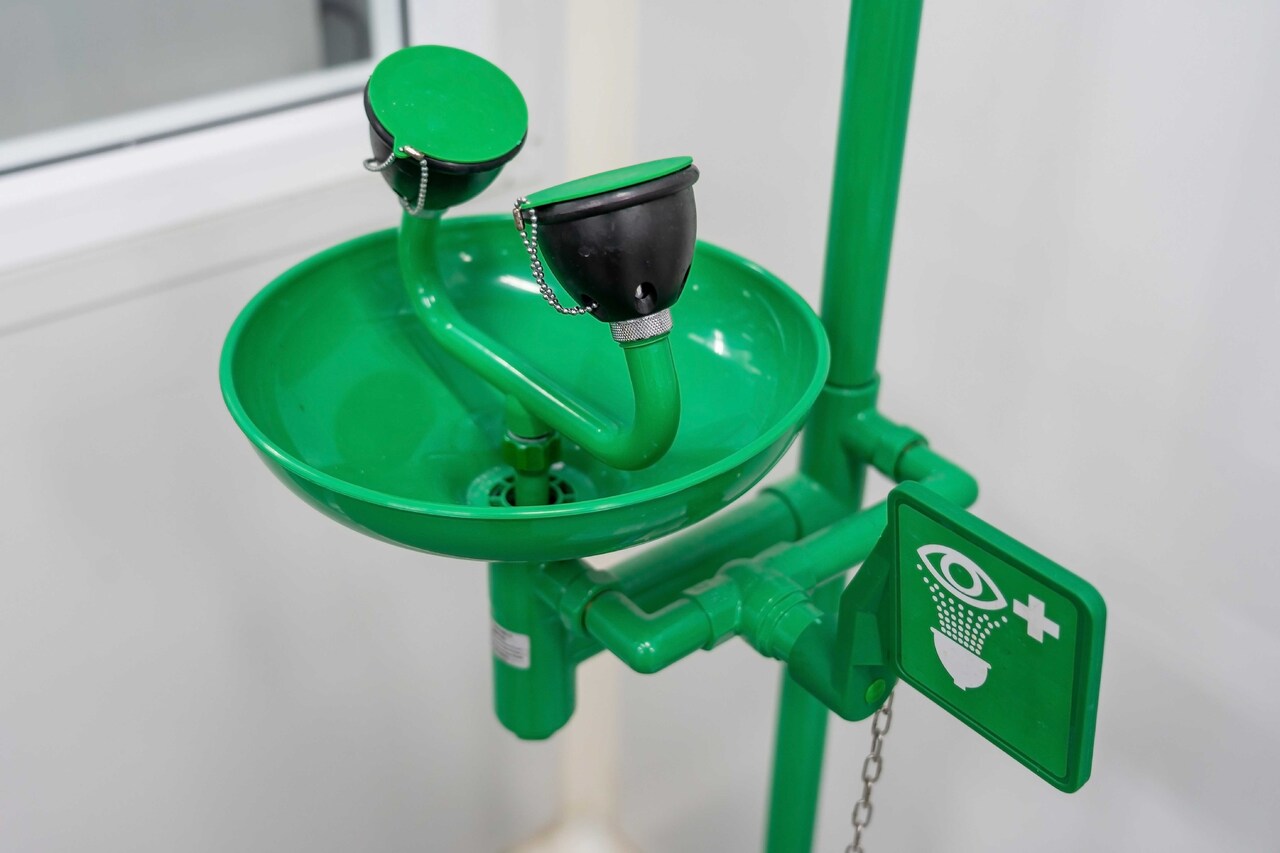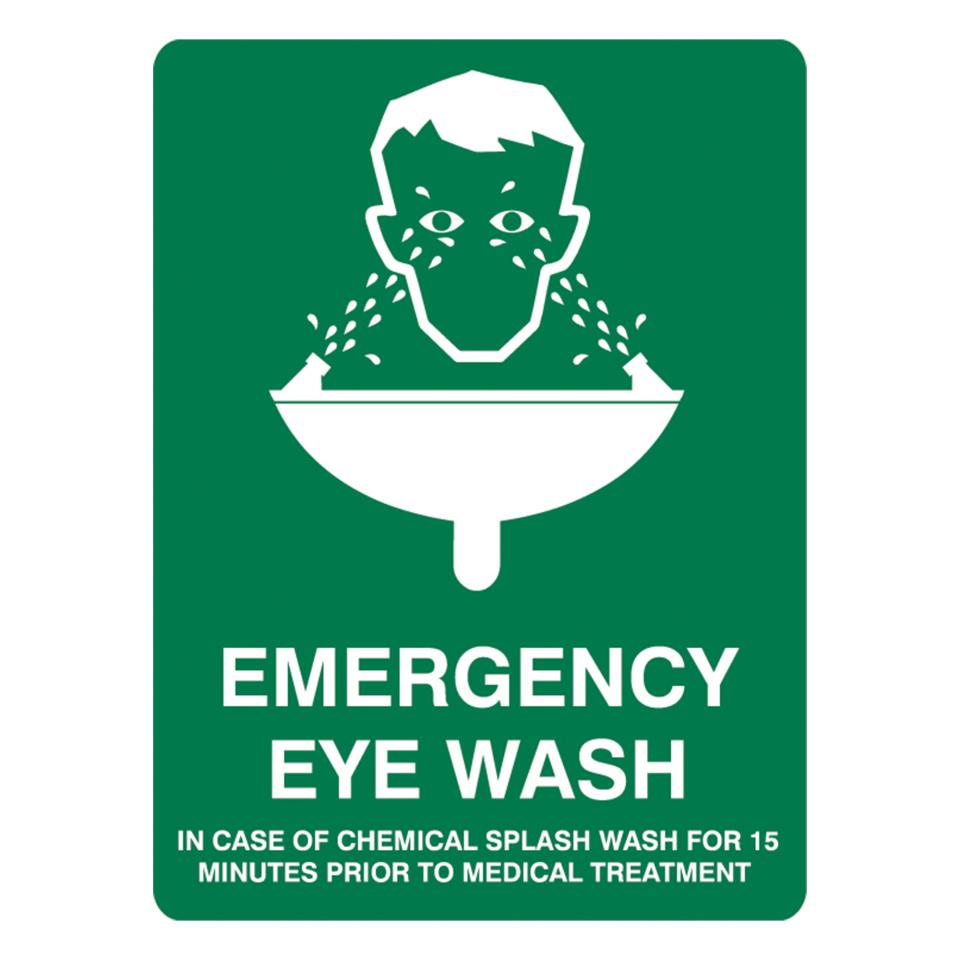Emergency Eye Wash
Where are your eye wash stations when will you need them? Dirt dust or chemicals can be stirred up in the air and get blown into your eyes. chemicals or other materials can be splashed onto your face and into your eyes. Anything on your hands or gloves, particles chemicals or other materials can get rubbed into your eyes. If something like a corrosive chemical gets into your eyes, the first few moments are the most critical. Damage to the eye starts immediately. So the quicker you get emergency first aid, the more you limit the amount of damage. That’s why you need to know where the emergency eyewash stations are located.
It is important to know where they are and how to use them. Once you locate the eyewash station, familiarize yourself with how it operates. Is it full and operating normally? Do you know how to work it? When was the last time it was inspected?Station should be tested monthly to be sure they are correctly maintained and operating properly.

Is the route to the station clear and unobstructed? Keep a clear unobstructed path to the emergency eyewash. Remember that water does not neutralize contaminants, it merely dilutes them and flushes them away. If the nature of the contaminant is not known, flush for a longer time, a normal emergency station should provide a full thorough flush for at least 15minutes. Small bottles are not considered emergency eyewash stations. They’re to be used while the person is being taken or traveling to the larger eyewash station.
Know how to protect your eyes,your vision is critical.











